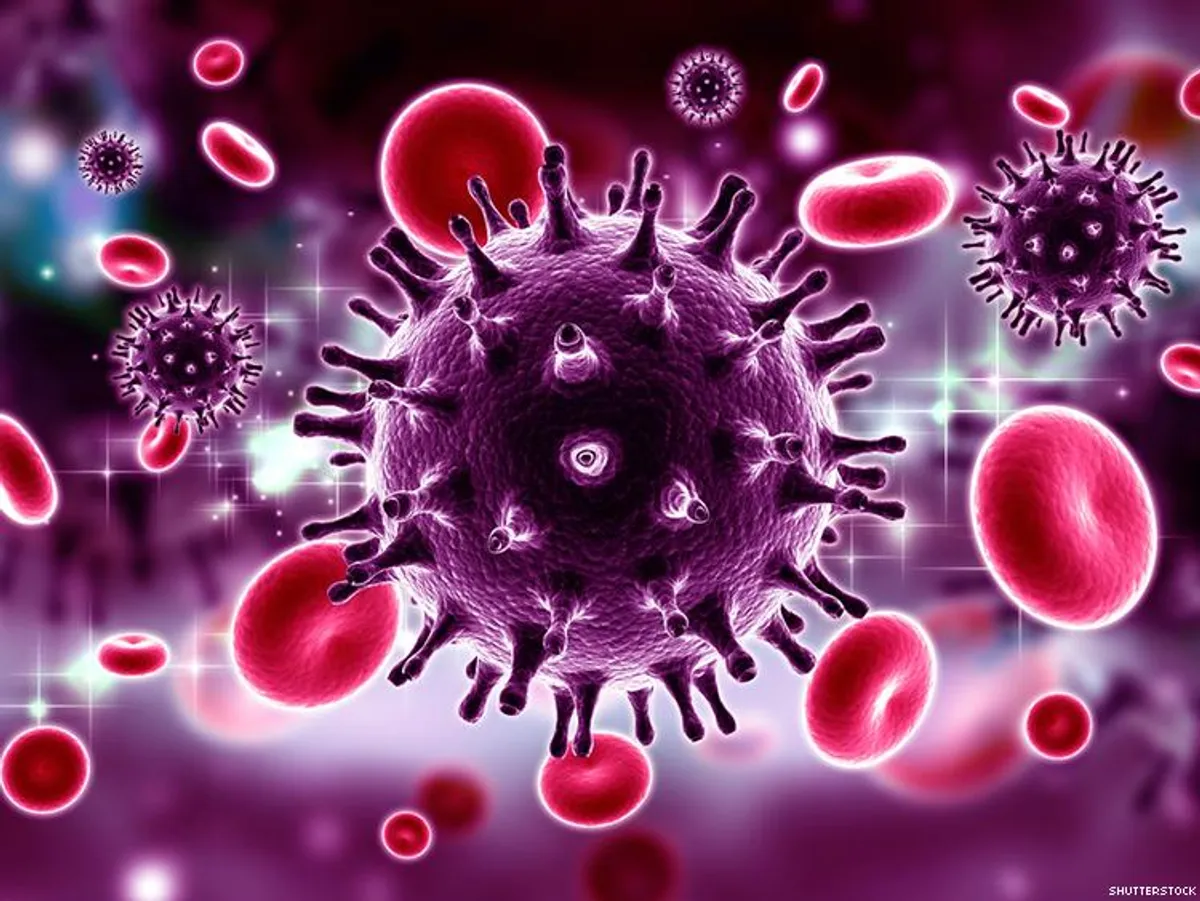Research & Breakthroughs
Scientists Discovered a Way to Create HIV-Resistant Cells

It might sound too good to be true, but a new generation of cells are now able to block HIV altogether.
April 17 2017 7:00 AM EST
May 26 2023 1:46 PM EST
By continuing to use our site, you agree to our Private Policy and Terms of Use.

It might sound too good to be true, but a new generation of cells are now able to block HIV altogether.
It sounds like something out of a science fiction movie, but the best discoveries always do don't they? Researchers at The Scripps Research Institute in San Diego found a way to make cells resistant to HIV.
The team of scientists were able to tether HIV-fighting antibodies to immune cells, which created an entire cell population resistant to the virus. These new and improved cells are able to replace HIV-infected cells.
The TSRI team plans to collaborate with investigators at City Hope’s Center for Gene Therapy to further test the therapy under federal regulations. Once they get approval, they hope to start human trials.
So, how did they do it? Obviously it sounds like the kind of news we've been waiting for. Perhaps this is the key to curing HIV altogether — one can hope.
First, you have to look at what happens to cells once they’ve been attacked by HIV. When a cell is diseased, they eventually die off. But these new "protected" cells end up spreading the protective gene to other cells, and they end up copying themselves over and over again, thus making a population that are resistant to the virus.
The team first tested their theory against rhinovirus, a virus found in many cases of the common cold.
Using a vector called lentivirus, they delivered a whole new kind of gene to human cells. From there, they had the cells synthesize antibodies that bind with the kind of receptors rhinovirus needs in order to corrupt them. And while the antibodies were monopolizing, they discovered that it prohibited the virus from entering the cell.
Meanwhile, the cells without the antibody protection were dying off, leaving only the protected cells to multiply and pass along the improved gene to a new population of cells.
Now, HIV is obviously different from rhinovirus. In order for it to have the same results, all strains of HIV need to bind with a cell surface receptor called CD4.
After the team introduced cells to the virus, they were pleased to see a new population of HIV-resistant cells. Turns out, the antibodies recognized the CD4 binding site, which ended up allowing them to block HIV from corrupting the receptor.
But why does it work so well? While today's therapies allow antibodies to float freely in the bloodstream at low level concentrations, this new strategy, which has been dubbed the “neighbor effect” by senior staff scientist at TSRI Dr. Jia Xie, allows antibodies to stick nearby.
Xie and their team confirm that the tethered antibodies blocked HIV more effectively than free-floating soluble antibodies. The long-term goal is to be able to control the virus in HIV-positive people without needing them to take a cocktail of additional medicines.
The next step is to engineer antibodies to protect a different receptor on the cell surface, but other scientists seem to think this kind of research is too good to be true.
“HIV is notorious for generating large variations and what will happen is that some population of the virus will not bind to the antibody so you'll kill off sensitive cells but the virus will continue to grow,” Dr. Carl Dieffenback of the National Institute of Allergy and Infectious Disease questioned to Daily Mail. “With antiretroviral drugs, we have to use a three drug cocktail because of the virus's many variations so you would have to use a similar cocktail of antibodies. We have amazing therapy and really effective therapies, very good tools. But we're not at the point yet where we can make better tools, like a cure or a vaccine.”
Want more breaking equality news & trending entertainment stories?
Check out our NEW 24/7 streaming service: the Advocate Channel!
Download the Advocate Channel App for your mobile phone and your favorite streaming device!